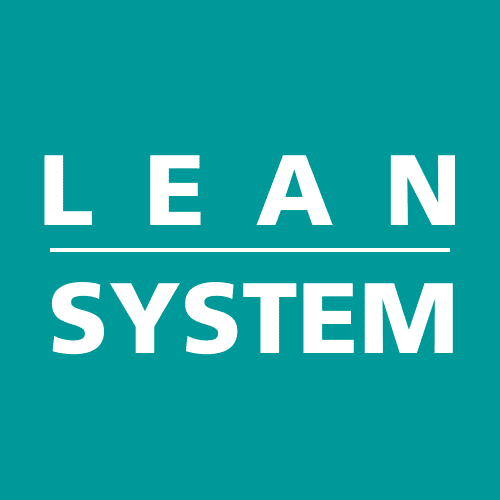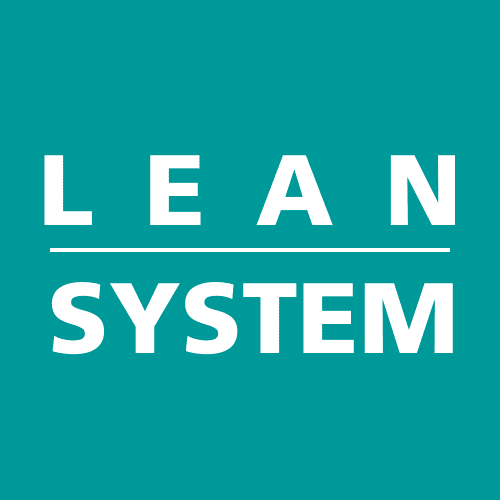In today's world, businesses are expected to ensure a safe work environment for their employees. This is where ISO 45001 comes in - it provides a framework for managing occupational health and safety. One of the crucial elements of this standard is Clause 9, which focuses on Performance Evaluation. This section emphasizes the importance of monitoring, measurement, analysis, and evaluation in maintaining optimal standards for occupational health and safety management.
Within the context of ISO 45001, Performance Evaluation involves assessing the effectiveness of the occupational health and safety management system. By using performance indicators, businesses can monitor and measure their performance and determine if they are meeting their objectives. Effective monitoring and measurement are critical aspects of Performance Evaluation, as they help businesses identify areas that require improvement.
Analysis and evaluation play a crucial role in Performance Evaluation, as they help businesses identify areas for improvement and strive for continual enhancement in their practices. By analyzing data and evaluating performance outcomes, businesses can determine if their occupational health and safety management system is effective. Additionally, continual improvement is essential in maintaining high standards of occupational health and safety management.
Adhering to the standards of ISO 45001's Clause 9 can help businesses create a safer and healthier working environment for their employees while complying with regulatory requirements. In the following sections, we will explore Performance Evaluation in greater detail, including the key performance indicators to consider, and the significance of effective monitoring, measurement, analysis, and evaluation.
Understanding Performance Evaluation in ISO 45001
Performance Evaluation is a critical component of ISO 45001 and ensures continuous improvement in the occupational health and safety management system. It involves monitoring, measurement, analysis, and evaluation of performance indicators to identify areas for improvement.
ISO 45001 requires organizations to establish and maintain a system to monitor and measure the performance of their occupational health and safety management system. This system should include both qualitative and quantitative indicators to assess the effectiveness of the system.
Performance indicators can be defined in various ways - frequency, severity, compliance, or financial measures. Examples of these indicators include the number of incidents, the number of near-misses, the number of hazards identified, and the number of training sessions conducted.
Effective monitoring and measurement provide organizations with the necessary data to evaluate their performance indicators. This process helps organizations identify areas where they are meeting or exceeding requirements, as well as areas requiring improvement.
https://www.youtube.com/watch?v=P5FP5S7OSLs
The monitoring and measurement process must be documented, results recorded, and analyzed to ensure continual improvement in the occupational health and safety management system. Organizations must also ensure that their measurement methods are reliable, accurate, and relevant to the performance indicators.
Overall, Performance Evaluation is crucial to the success of ISO 45001 and provides organizations with valuable insights into the effectiveness of their occupational health and safety management system. By monitoring, measuring, and analyzing performance indicators, organizations can identify areas for improvement and strive for continual enhancement of their practices.
The Role of Analysis and Evaluation in Performance Evaluation
Analysis and evaluation play a vital role in the Performance Evaluation process in accordance with ISO 45001. These processes enable organizations to assess their performance and identify areas for improvement continually.
"Evaluation is about making a judgment about the value or worth of something. Analysis is about breaking something down to understand it better. Both of these activities are essential for performance evaluation, as they provide the data required to make informed decisions and take necessary actions."
Effective analysis and evaluation require precise measurement and monitoring. Performance indicators must be defined and measured regularly to ensure that key factors are assessed consistently, and the right data is collected for analysis.
Data collection tools can include surveys, inspections, audits, incident reports, and other relevant metrics. By collating this information, organizations can gain a clearer picture of their performance and identify areas for improvement.
Once the performance data has been collected, it must be analyzed thoroughly. Analyzing the data can provide valuable insights into the organization's occupational health and safety management system's performance, and the results can help identify areas that require improvement.
The evaluation process provides the opportunity to identify root causes of problems and determine the appropriate corrective actions necessary for continual improvement. Through effective evaluation, organizations can identify trends, patterns, and other significant data points that enable them to refine their processes continually.
| Benefits of Analysis and Evaluation in Performance Evaluation |
|---|
| Provides valuable insights into performance data |
| Identifies areas that require improvement |
| Enables organizations to determine root causes of problems |
| Allows for continual improvement of occupational health and safety management systems |
The continual improvement process is central to ISO 45001's Performance Evaluation. By utilizing analysis and evaluation, organizations can identify opportunities to refine their processes continually. This, in turn, can lead to more effective occupational health and safety management and create a safer working environment for employees.

Conclusion
ISO 45001's Clause 9 highlights the importance of Performance Evaluation in maintaining effective occupational health and safety management. By implementing monitoring, measurement, analysis, and evaluation practices, businesses can proactively identify areas for improvement and strive for continual enhancement in their practices.
Through the Performance Evaluation process, organizations can analyze and evaluate data to identify potential risks and opportunities for improvement. This not only helps to maintain regulatory compliance but also creates a safer and healthier working environment for employees.
Continual improvement is a critical aspect of Performance Evaluation. By setting benchmarks and utilizing key performance indicators, businesses can continuously improve their occupational health and safety management practices. This mindset ensures that businesses are always striving to do better and create a safer working environment for employees.
Adherence to ISO 45001 standards is crucial in ensuring effective Performance Evaluation. By incorporating these practices into their occupational health and safety management system, businesses can create a culture of safety and accountability.
In conclusion, Performance Evaluation is a vital component of effective occupational health and safety management. By consistently monitoring, measuring, analyzing, and evaluating their practices and implementing continual improvement measures, businesses can create a safer and healthier working environment for their employees while complying with regulatory requirements.
FAQ
What is ISO 45001?
ISO 45001 is an international standard that provides guidelines for implementing and maintaining an effective occupational health and safety management system. It helps organizations establish procedures and processes to prevent work-related injuries and illnesses.
What is Performance Evaluation in ISO 45001?
Performance Evaluation in ISO 45001 refers to the process of assessing the effectiveness of an organization's occupational health and safety management system. It involves monitoring, measuring, analyzing, and evaluating performance indicators to identify areas for improvement and ensure compliance with regulatory requirements.
What are the key elements of Performance Evaluation?
The key elements of Performance Evaluation in ISO 45001 include monitoring, measurement, analysis, and evaluation. Monitoring involves the systematic collection of data to track performance indicators. Measurement involves quantifying performance using predetermined metrics. Analysis involves interpreting the data collected, identifying trends, and evaluating performance outcomes. Evaluation involves comparing actual performance against objectives to assess the effectiveness of the management system.
How does Performance Evaluation contribute to occupational health and safety management?
Performance Evaluation plays a crucial role in occupational health and safety management by identifying areas for improvement. It helps organizations track their progress, assess the effectiveness of their practices, and make informed decisions to enhance the safety and well-being of their employees. Through continual improvement, businesses can create a safer working environment and prevent workplace accidents and incidents.
Why is analysis and evaluation important in Performance Evaluation?
Analysis and evaluation are essential components of Performance Evaluation as they provide insights into the effectiveness of the occupational health and safety management system. By analyzing data and evaluating performance outcomes, organizations can identify trends, strengths, weaknesses, and areas for improvement. This information is valuable for making informed decisions and implementing measures to enhance the overall safety and health performance.
What is the role of continual improvement in Performance Evaluation?
Continual improvement is a key principle in Performance Evaluation. It emphasizes the importance of ongoing efforts to enhance the effectiveness of the occupational health and safety management system. By continually analyzing, evaluating, and making improvements based on performance data, organizations can maintain optimal standards and adapt to changing circumstances, ensuring a safer and healthier working environment for their employees.
How can ISO 45001 help businesses comply with regulatory requirements?
ISO 45001 provides a framework for implementing an effective occupational health and safety management system. By adhering to this standard, businesses can demonstrate their commitment to ensuring the safety and well-being of their employees. Compliance with ISO 45001 can also assist businesses in meeting regulatory requirements related to occupational health and safety, helping them avoid penalties and legal issues.

